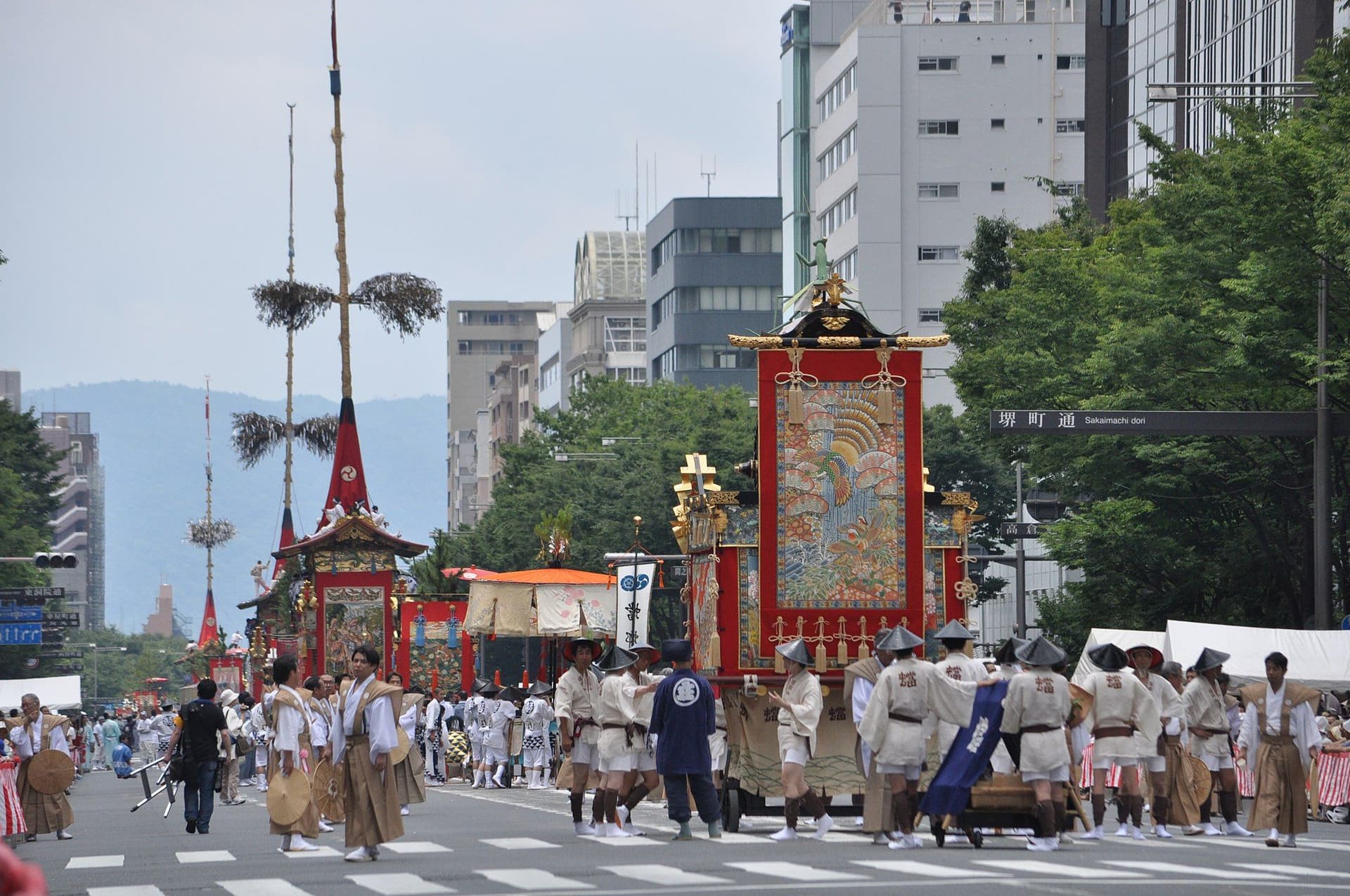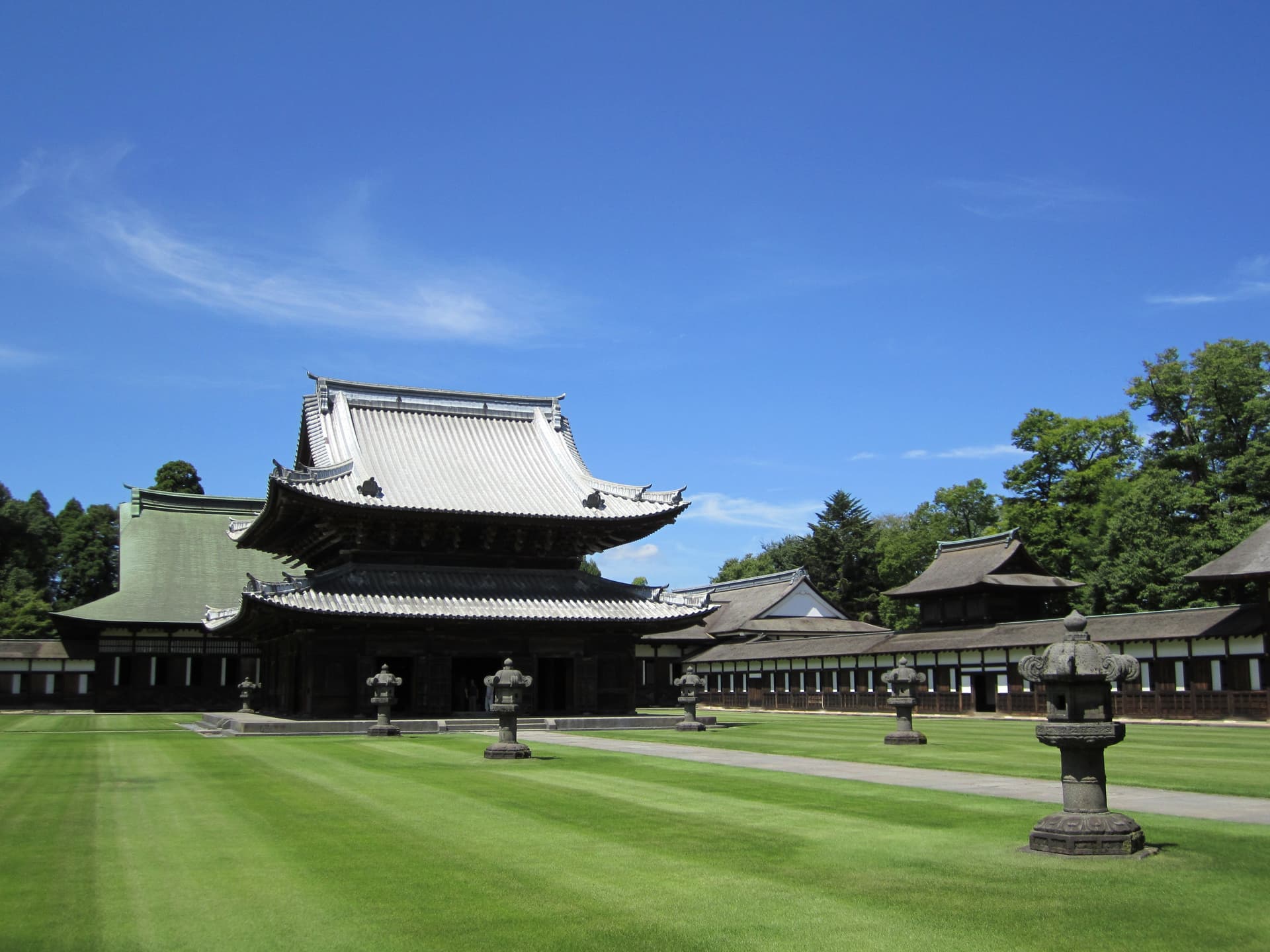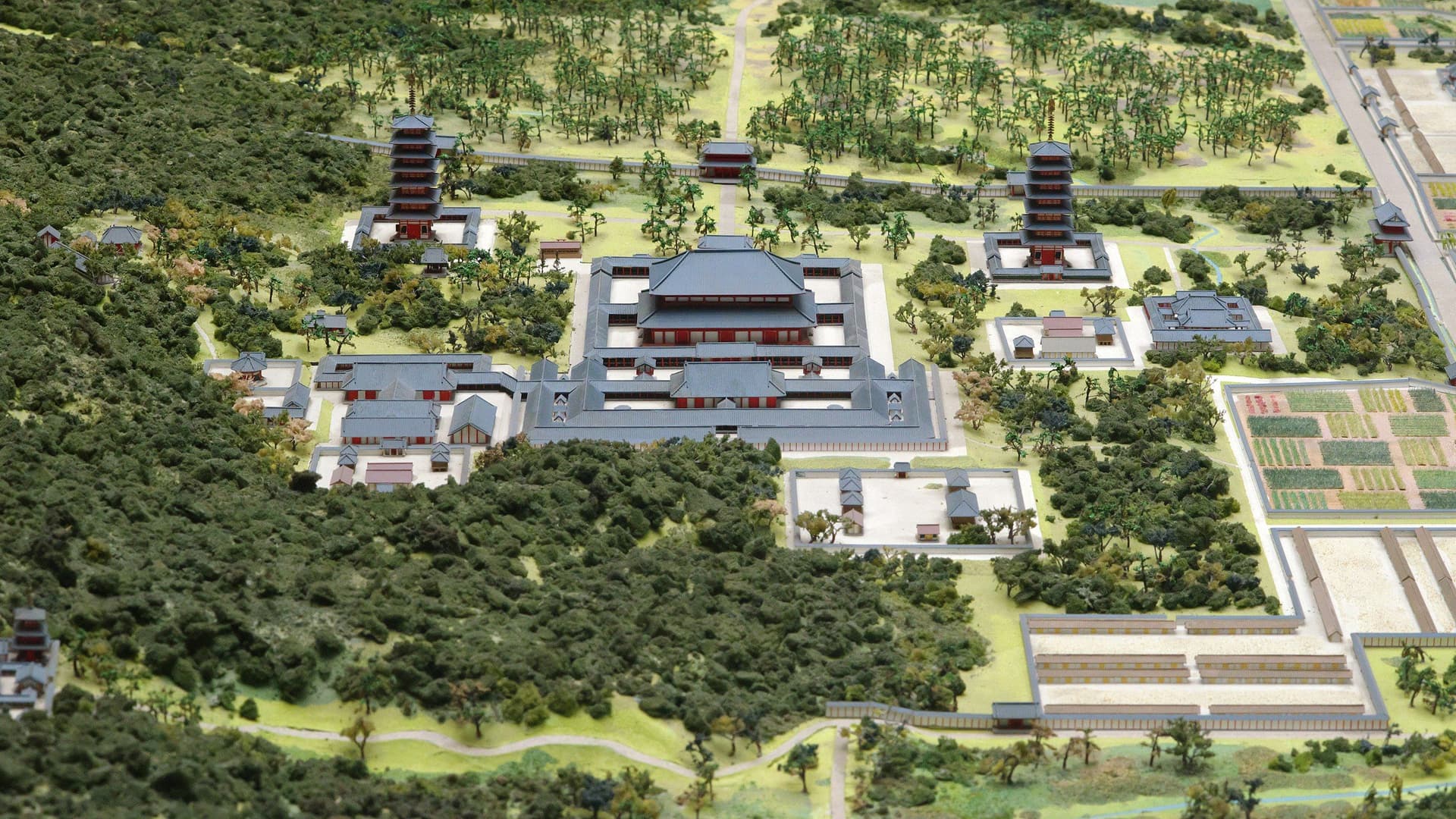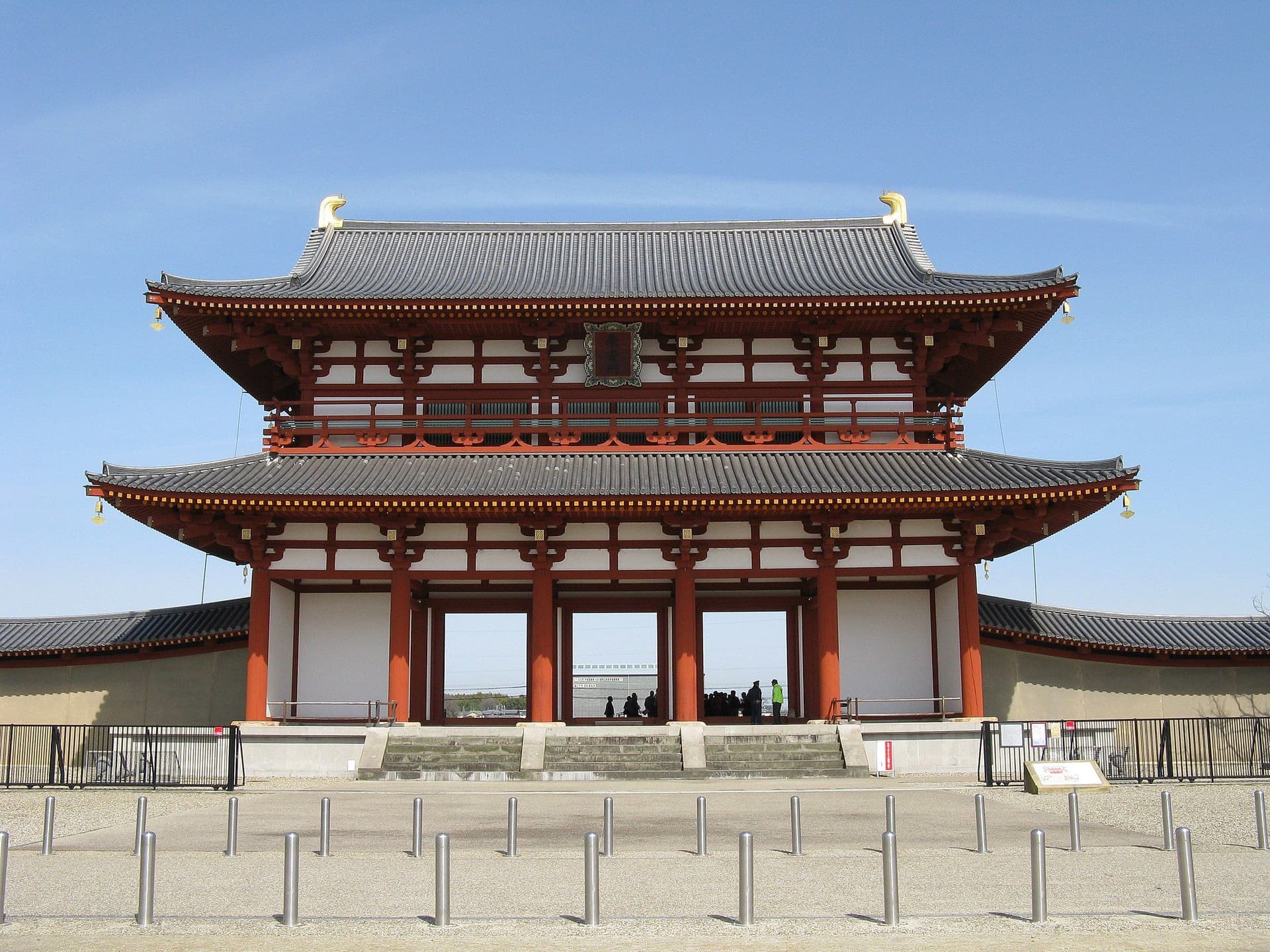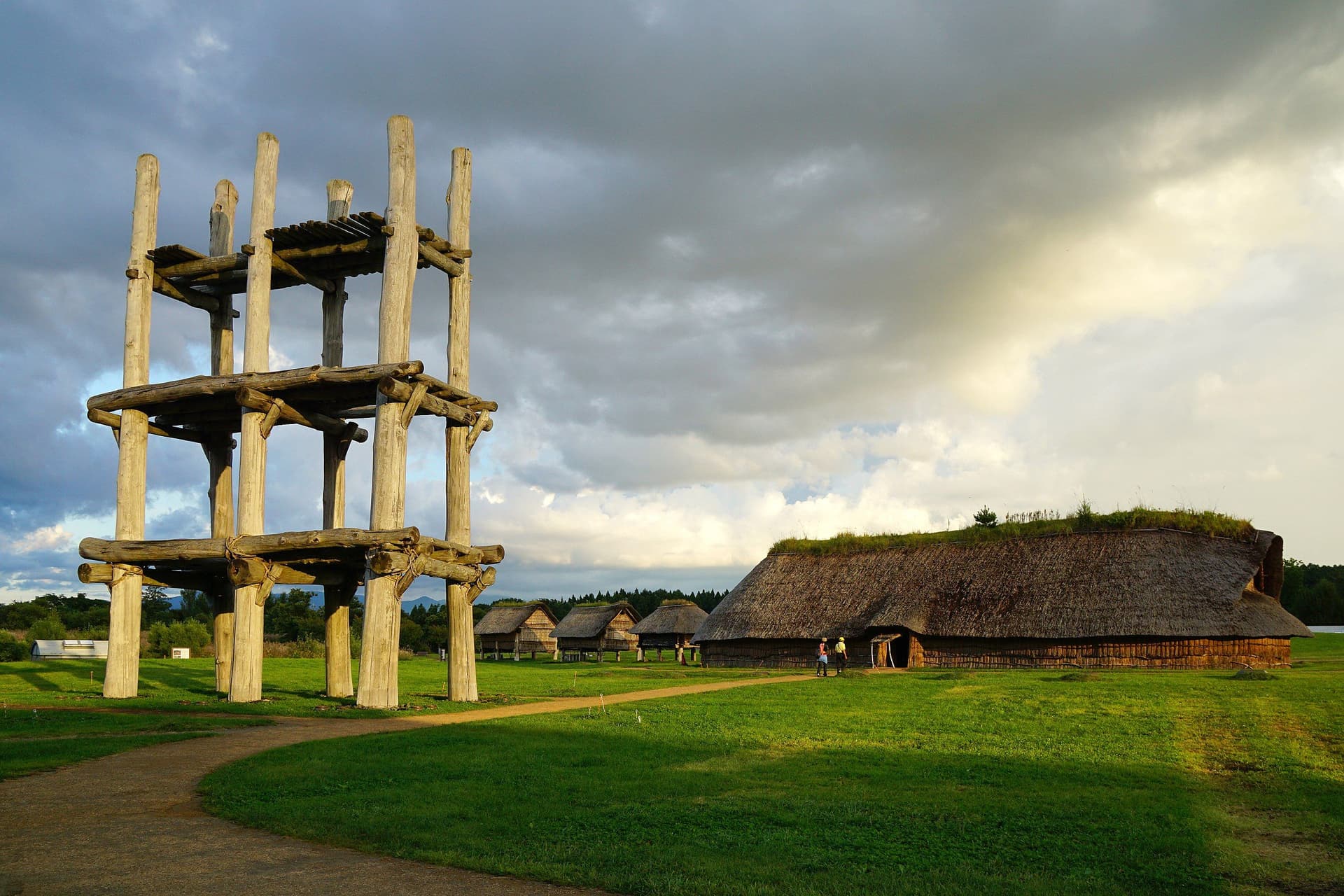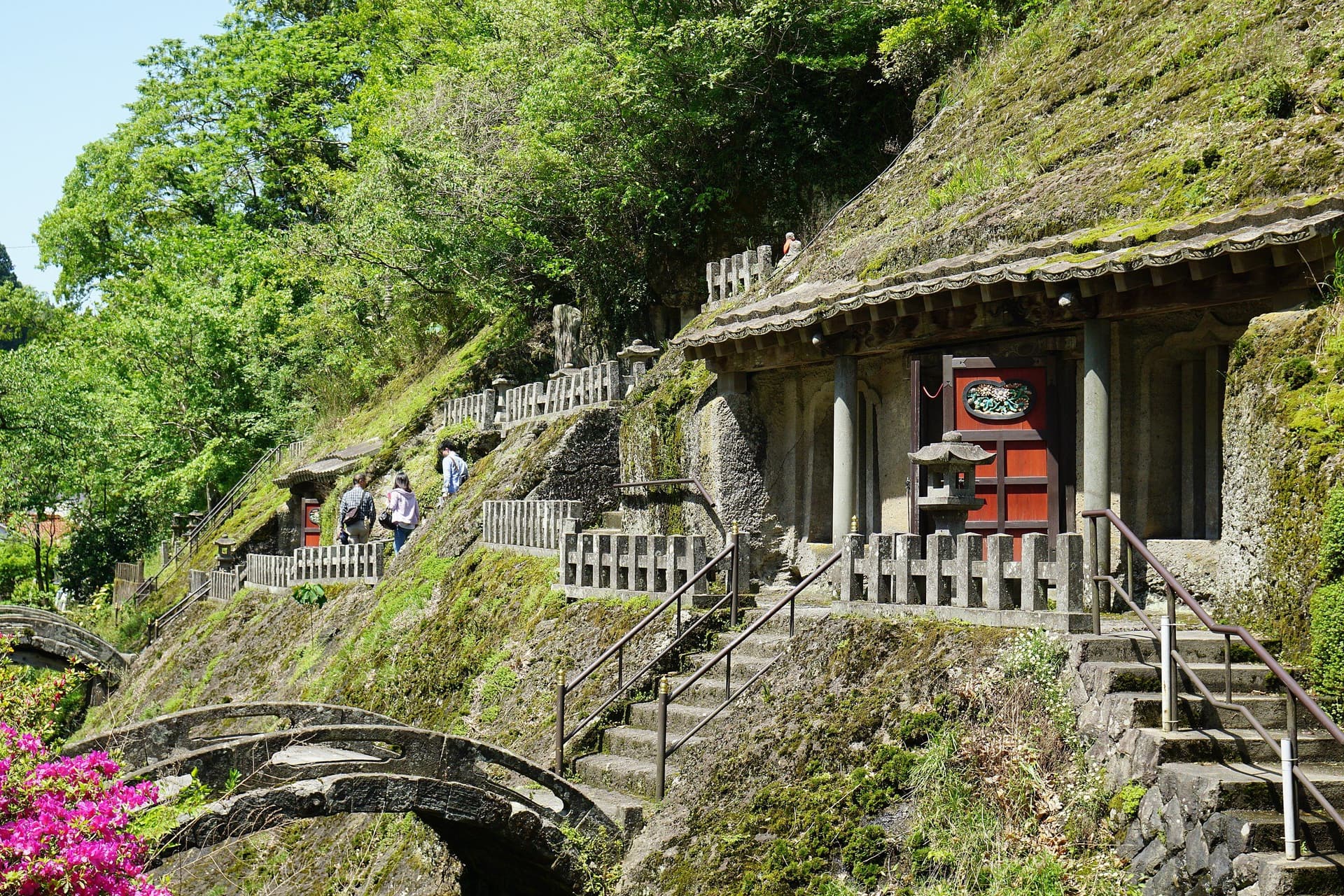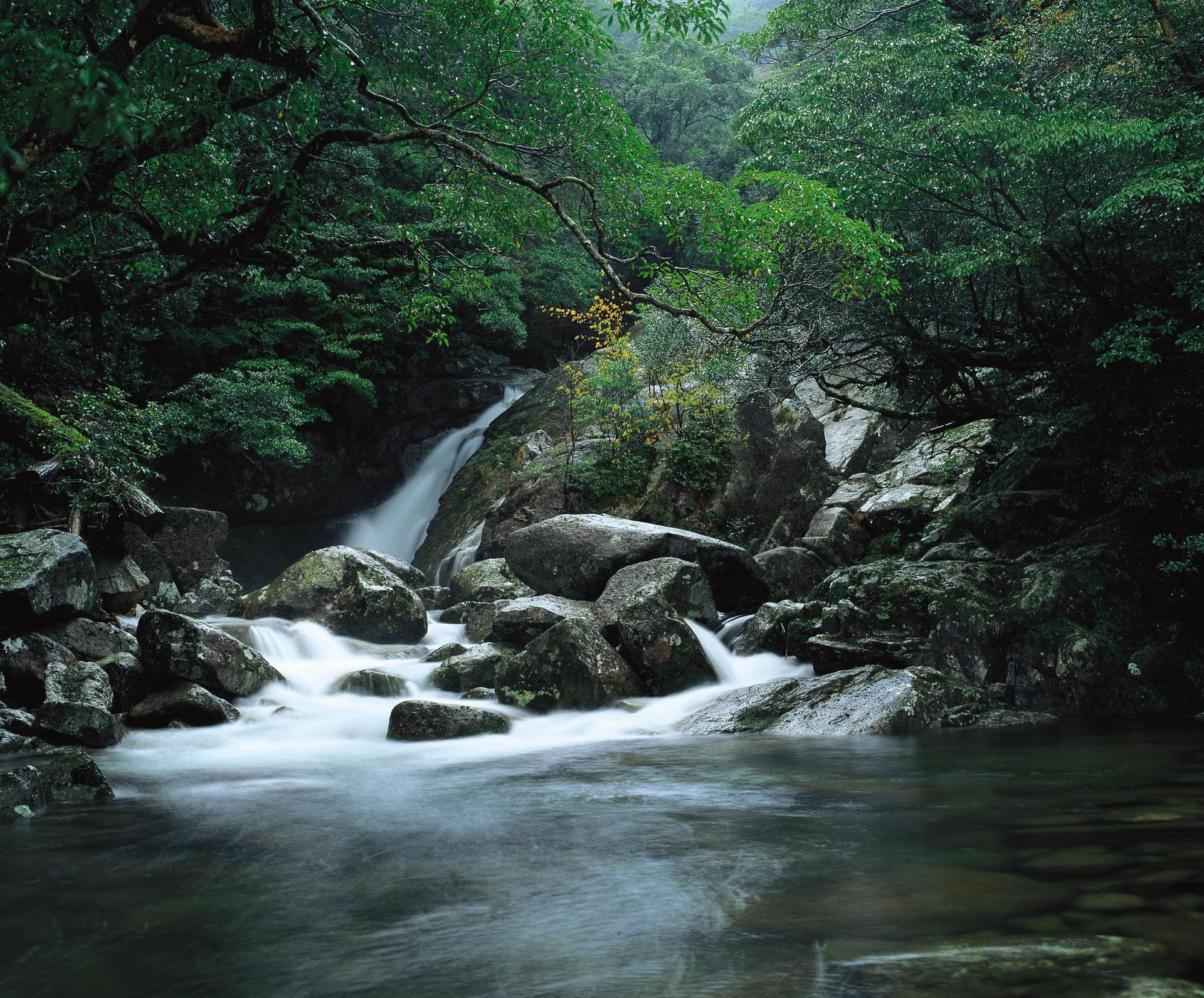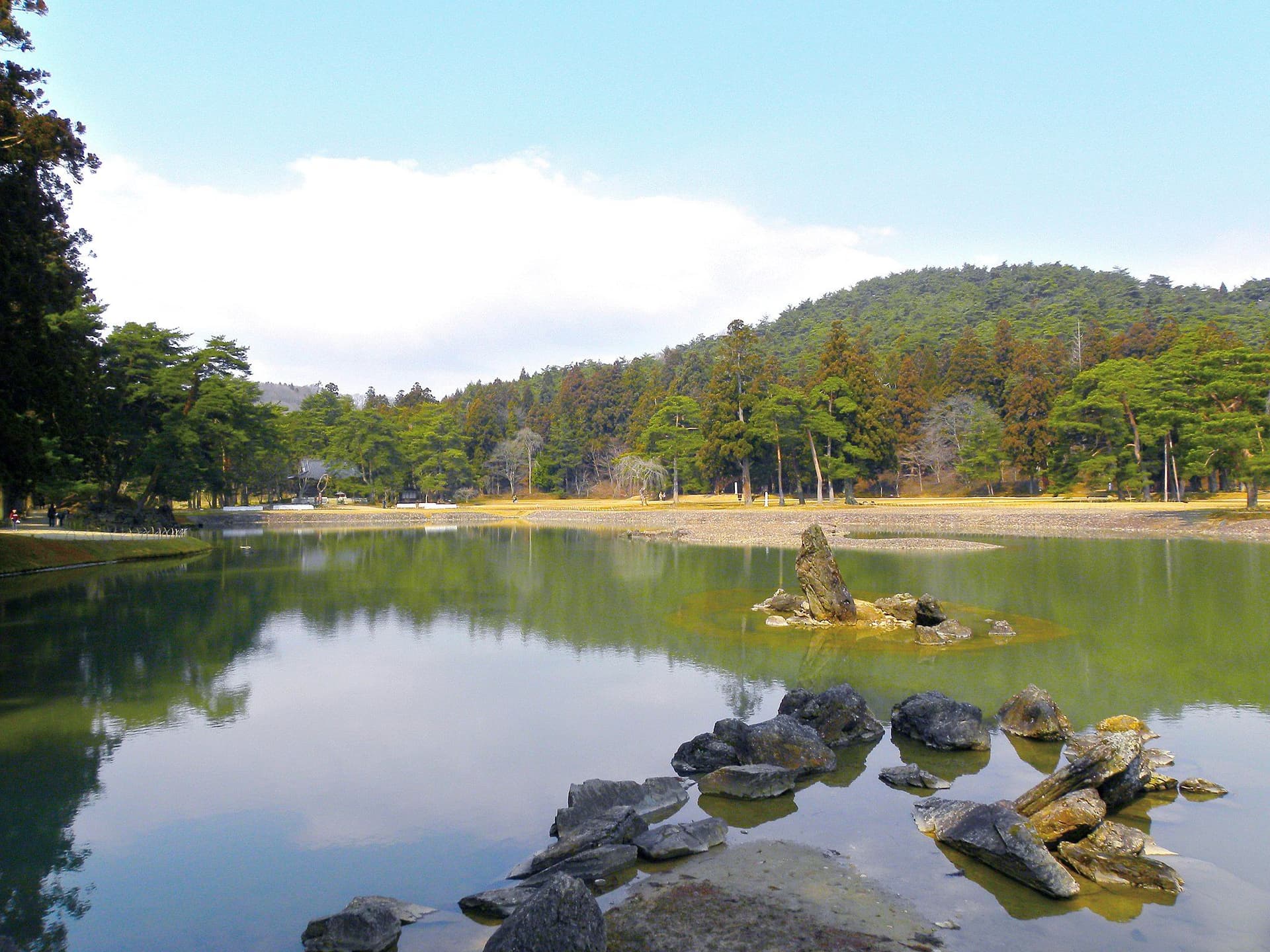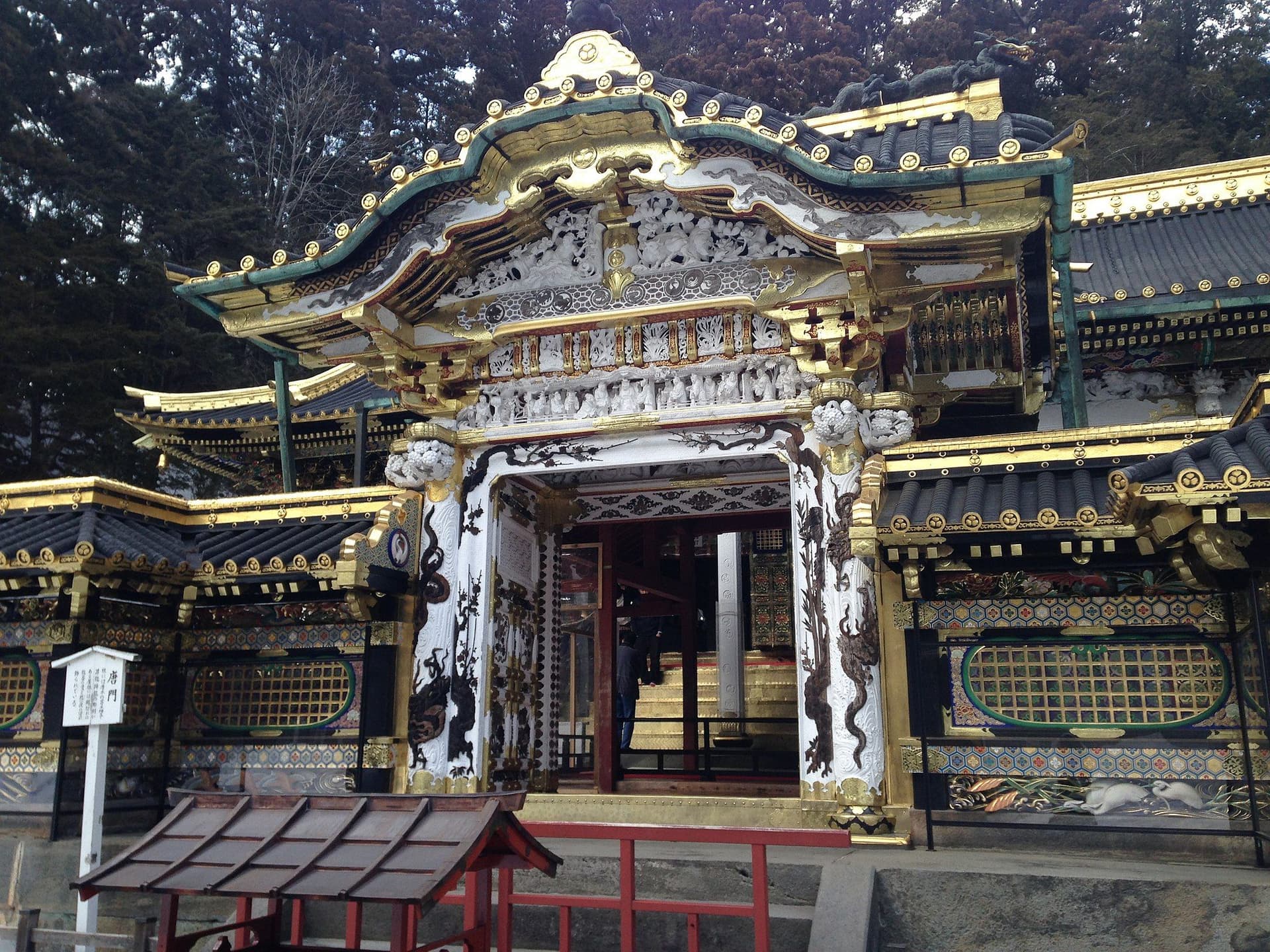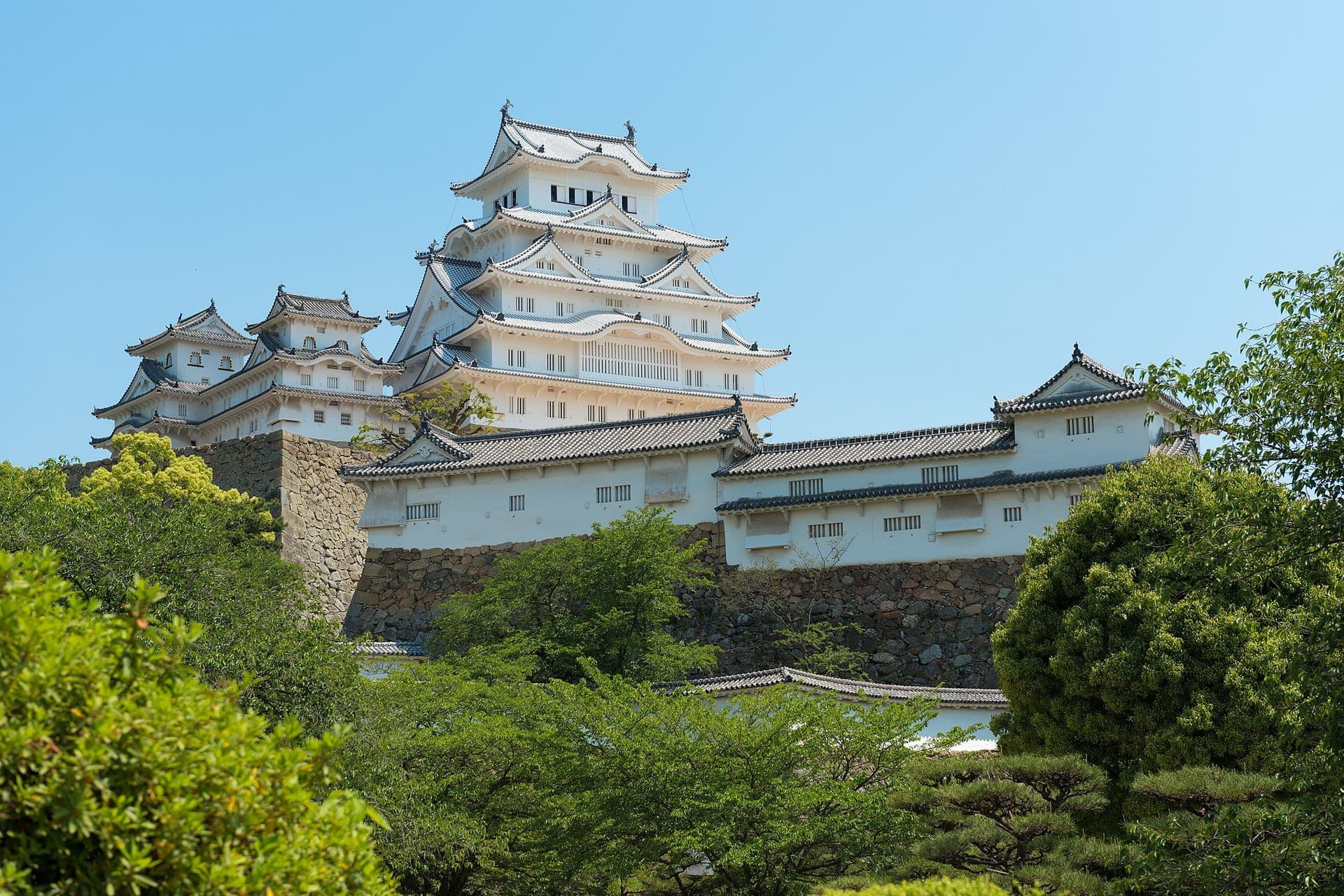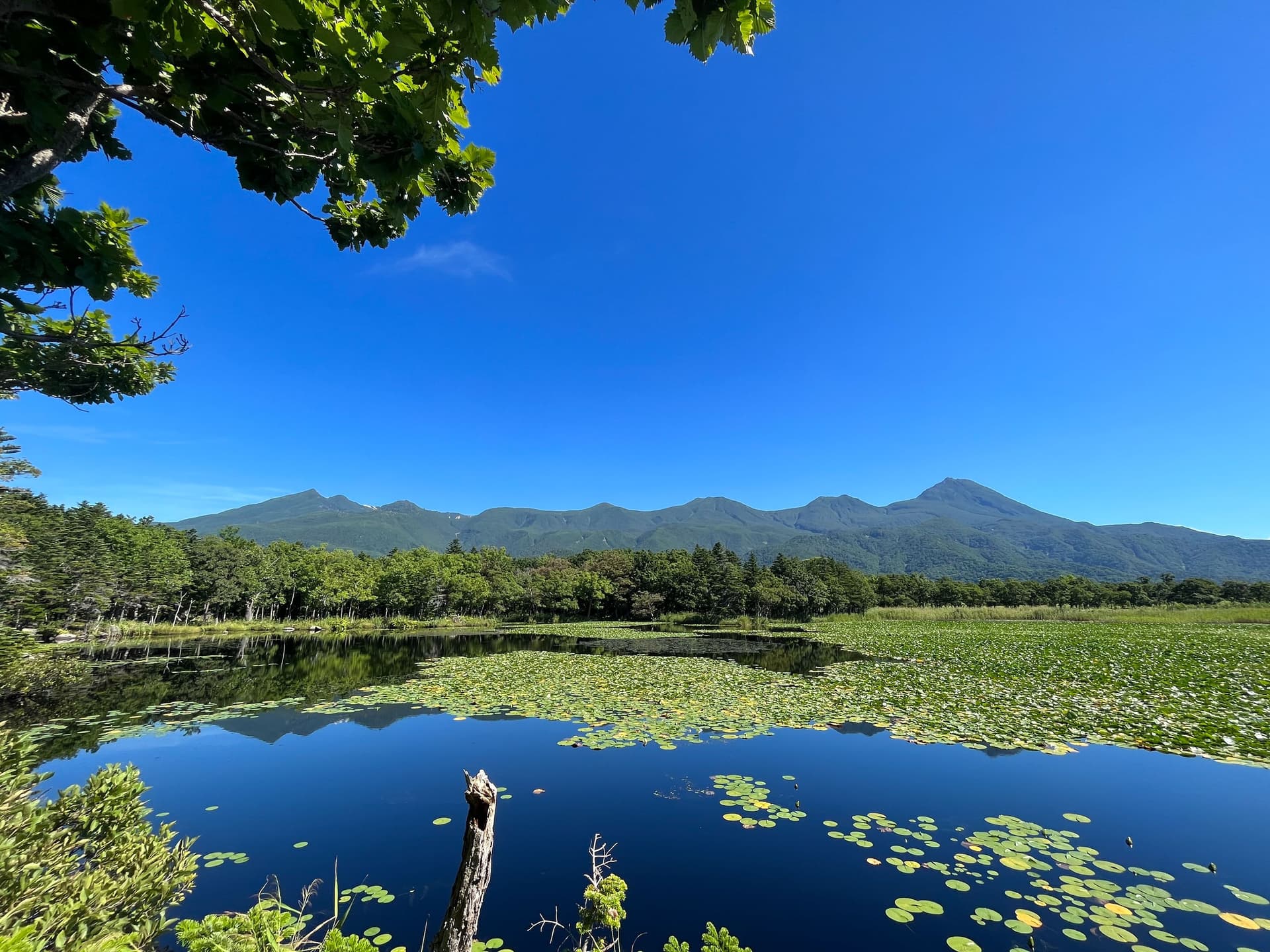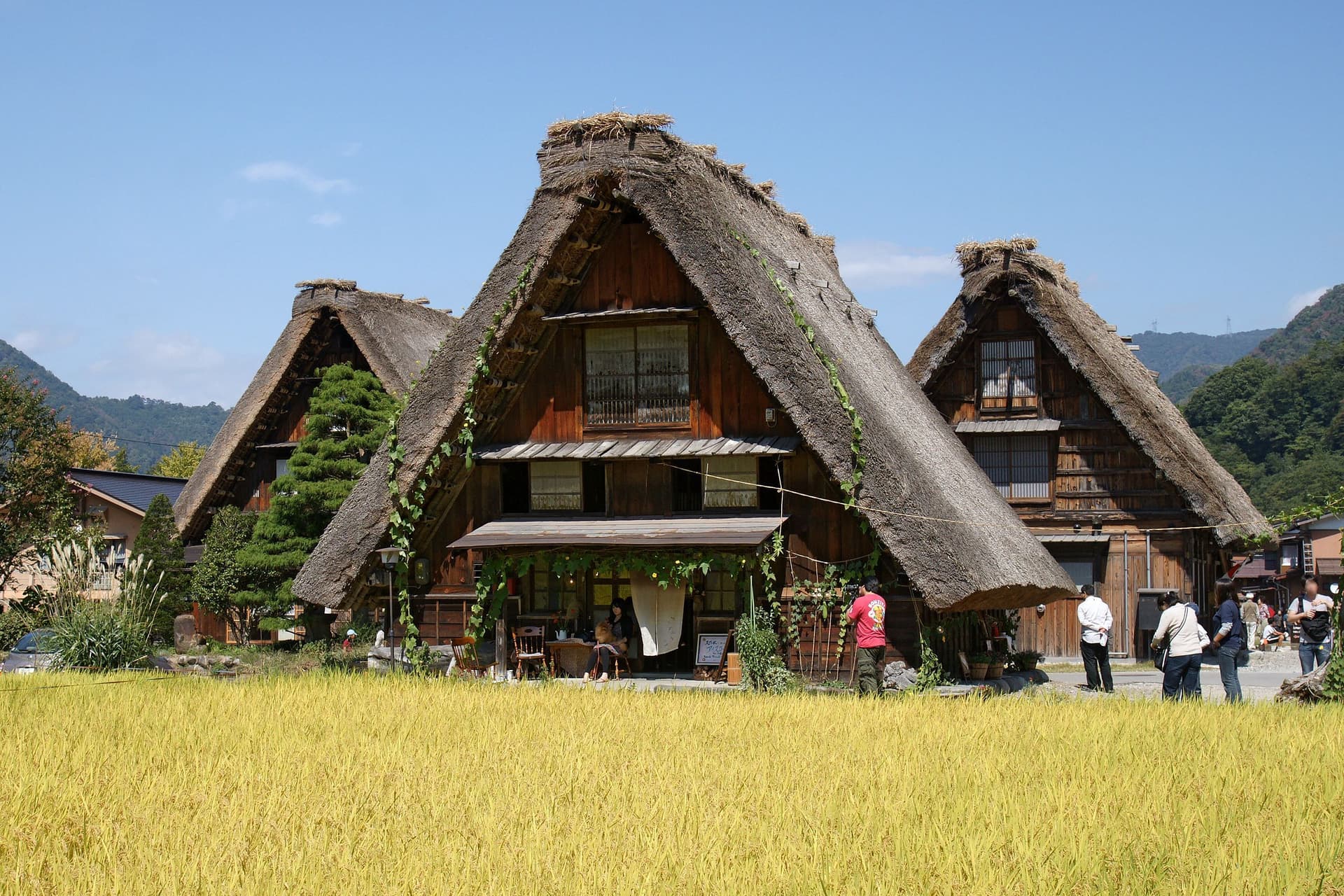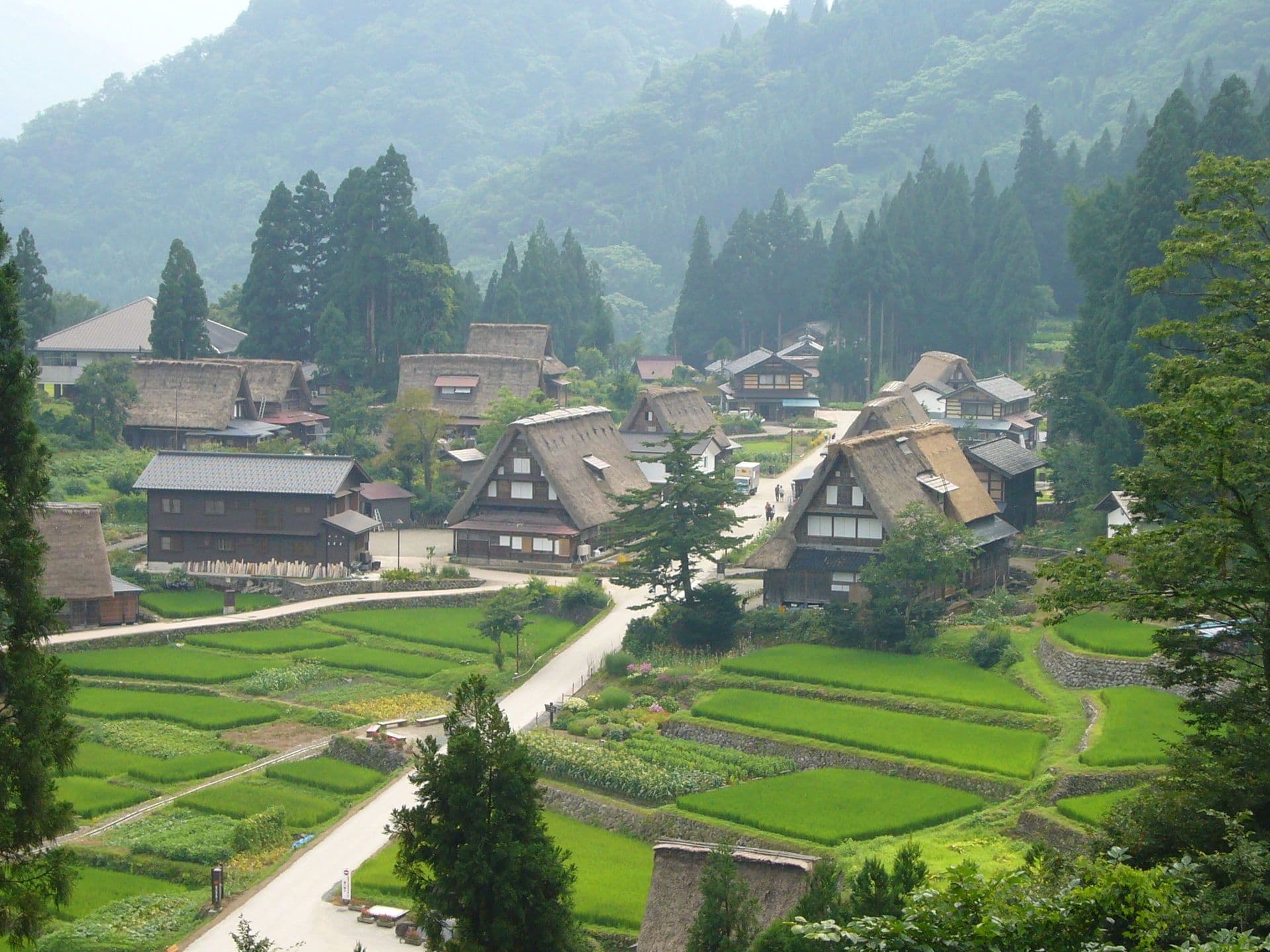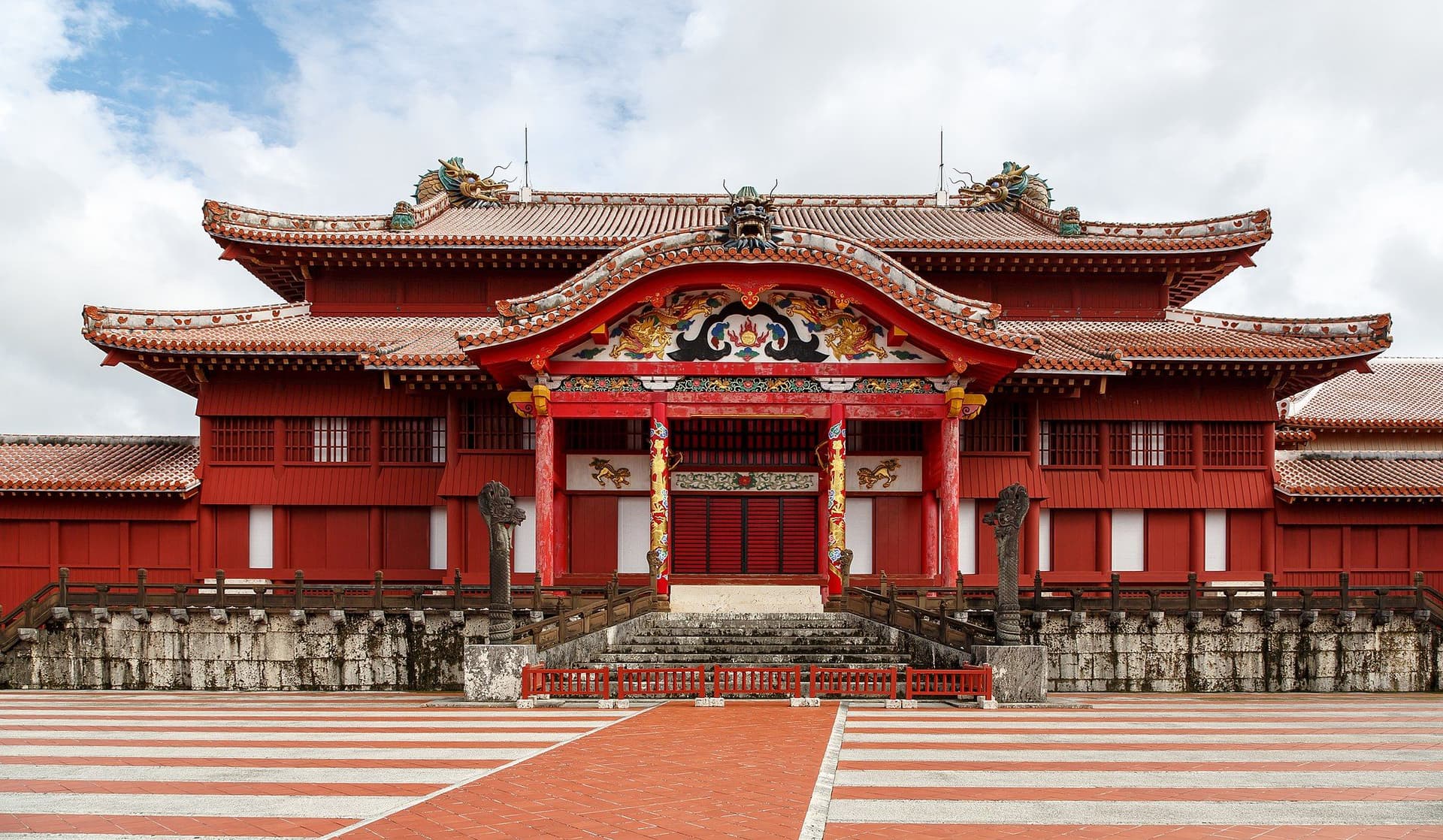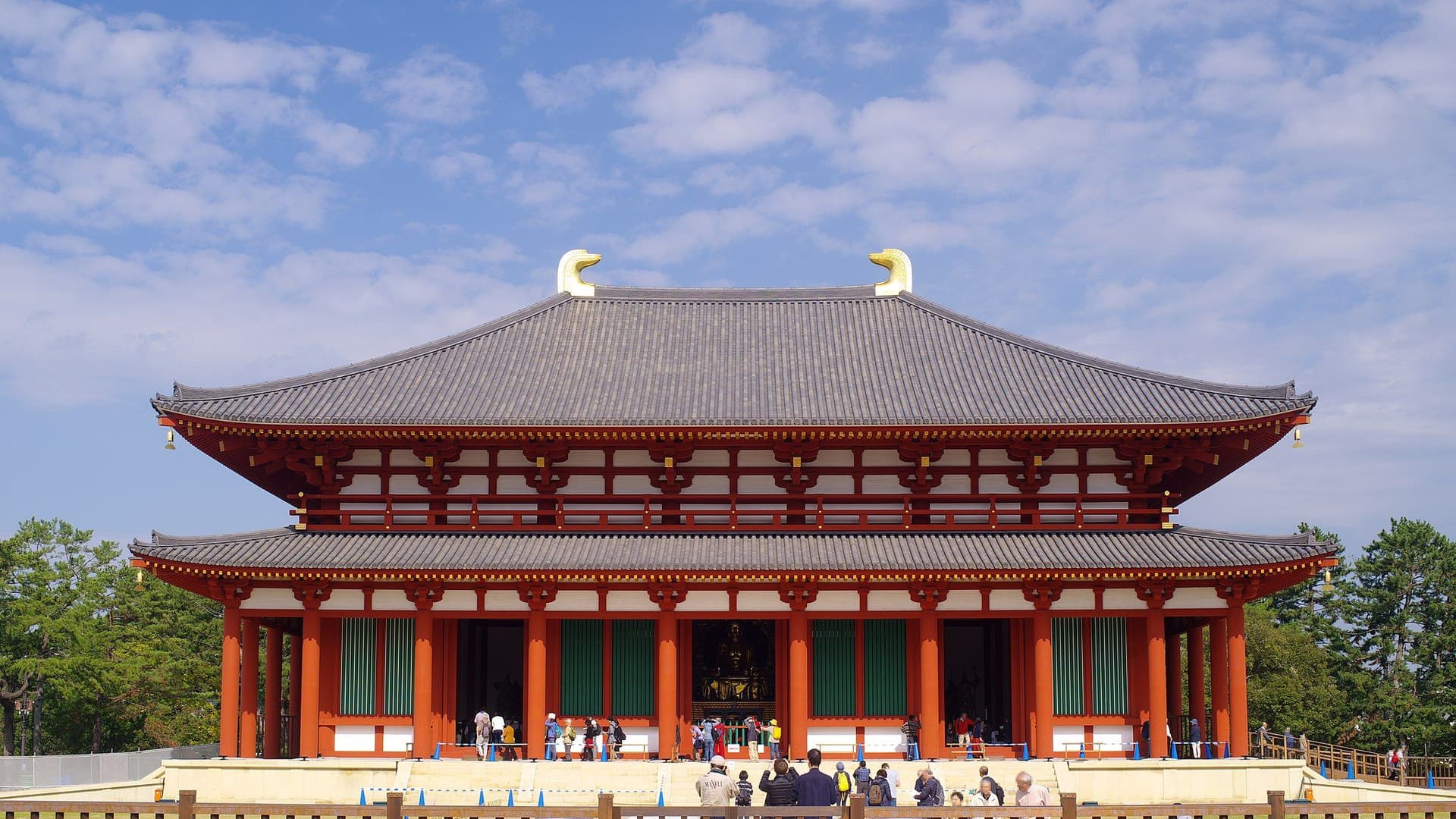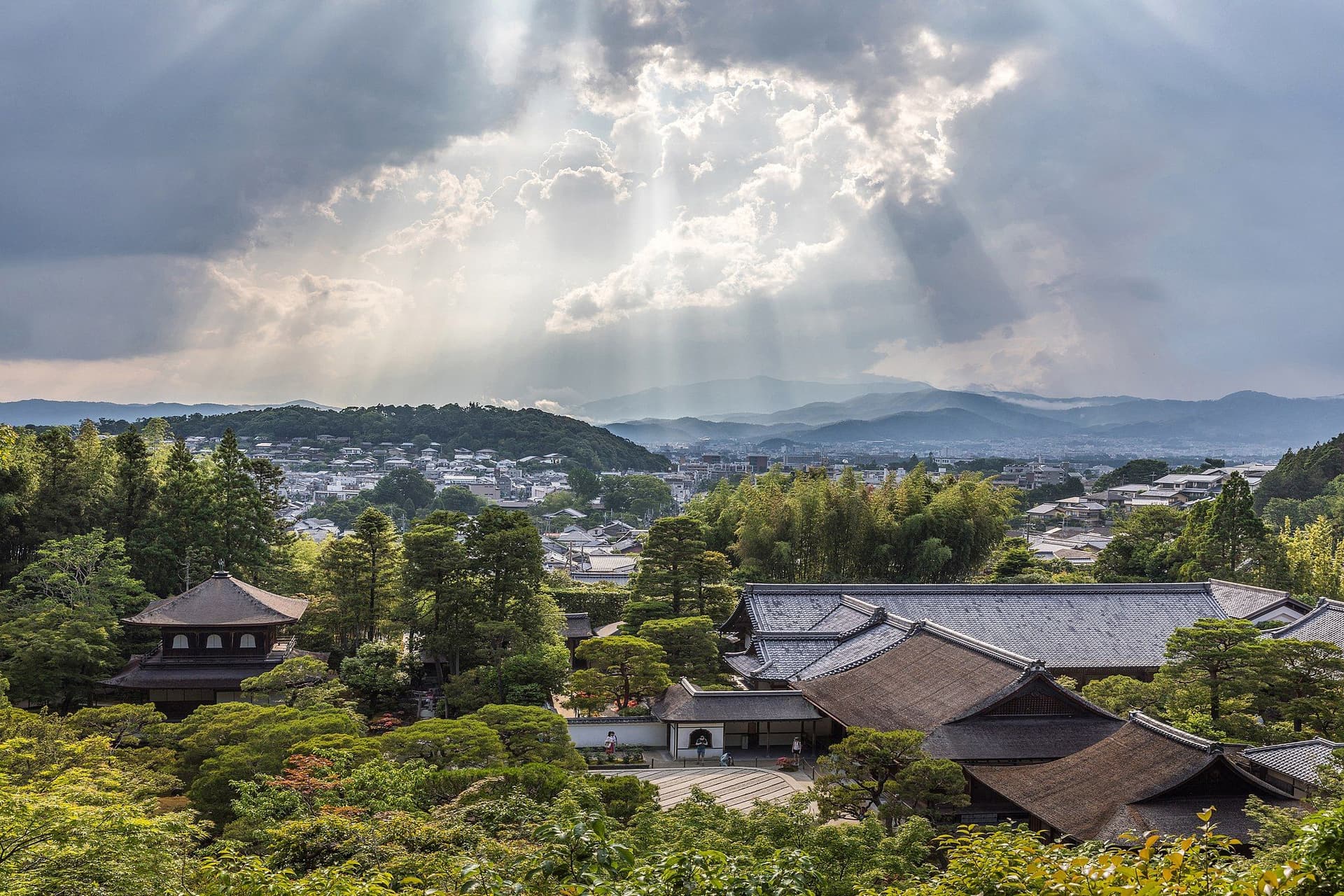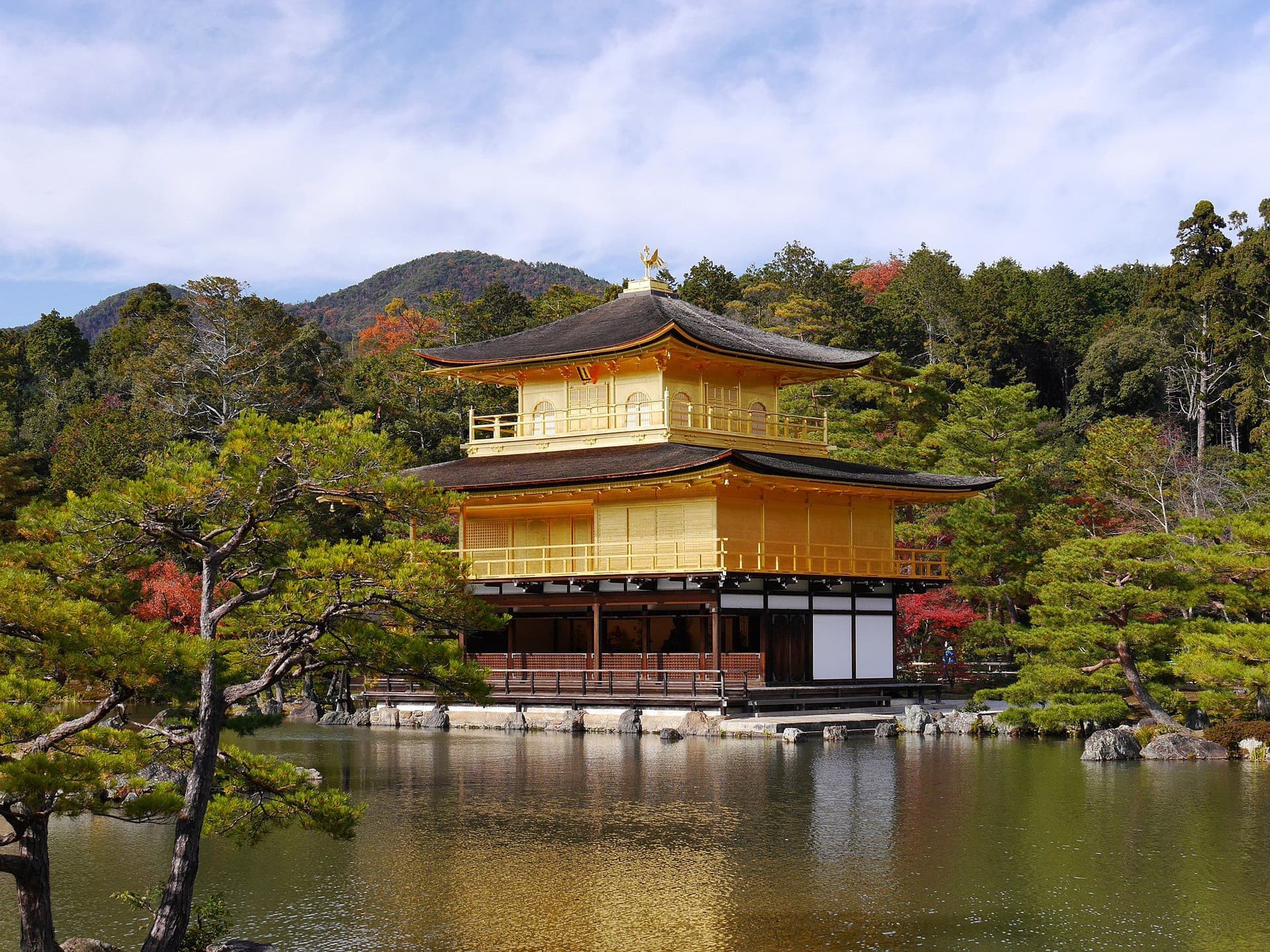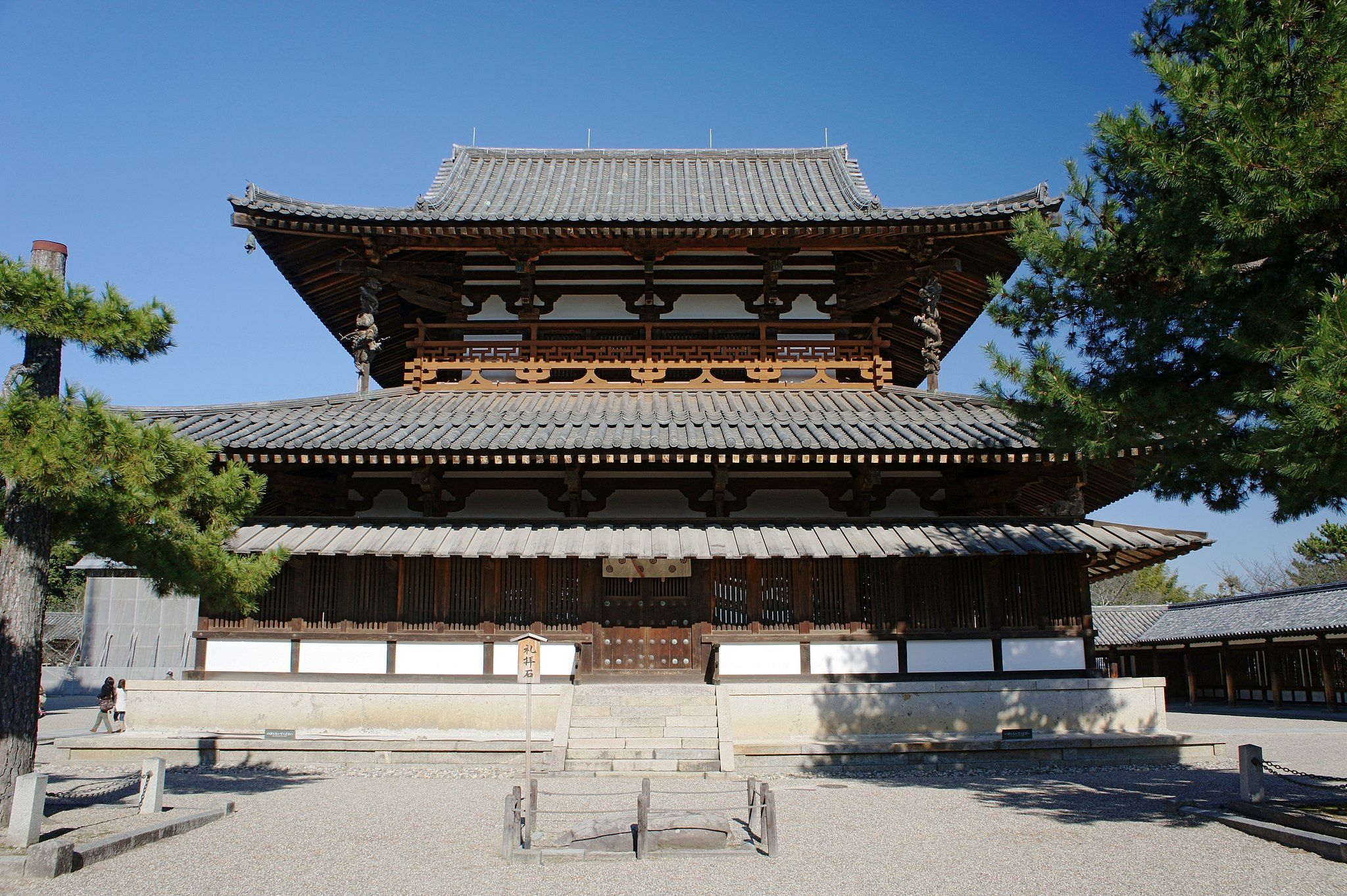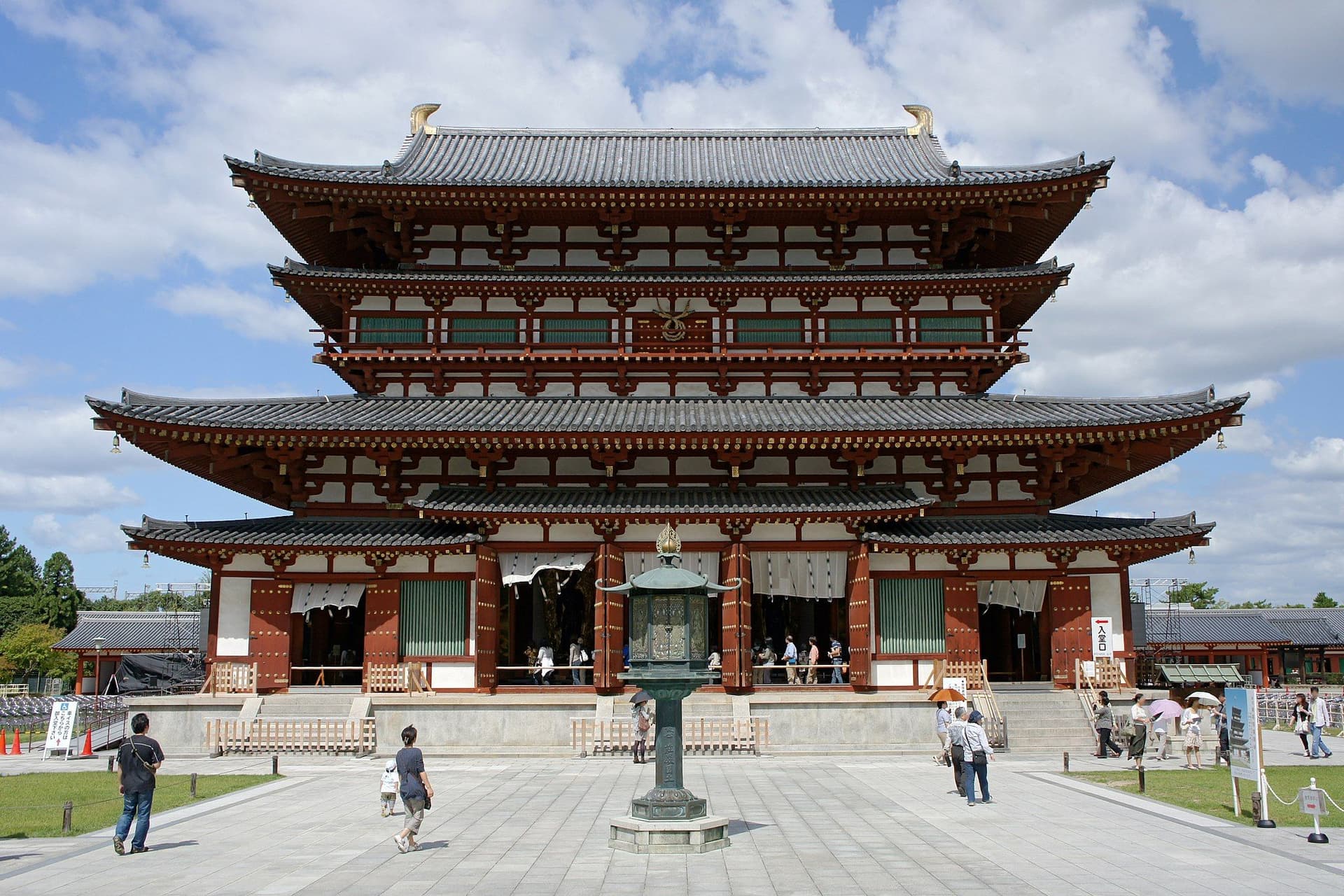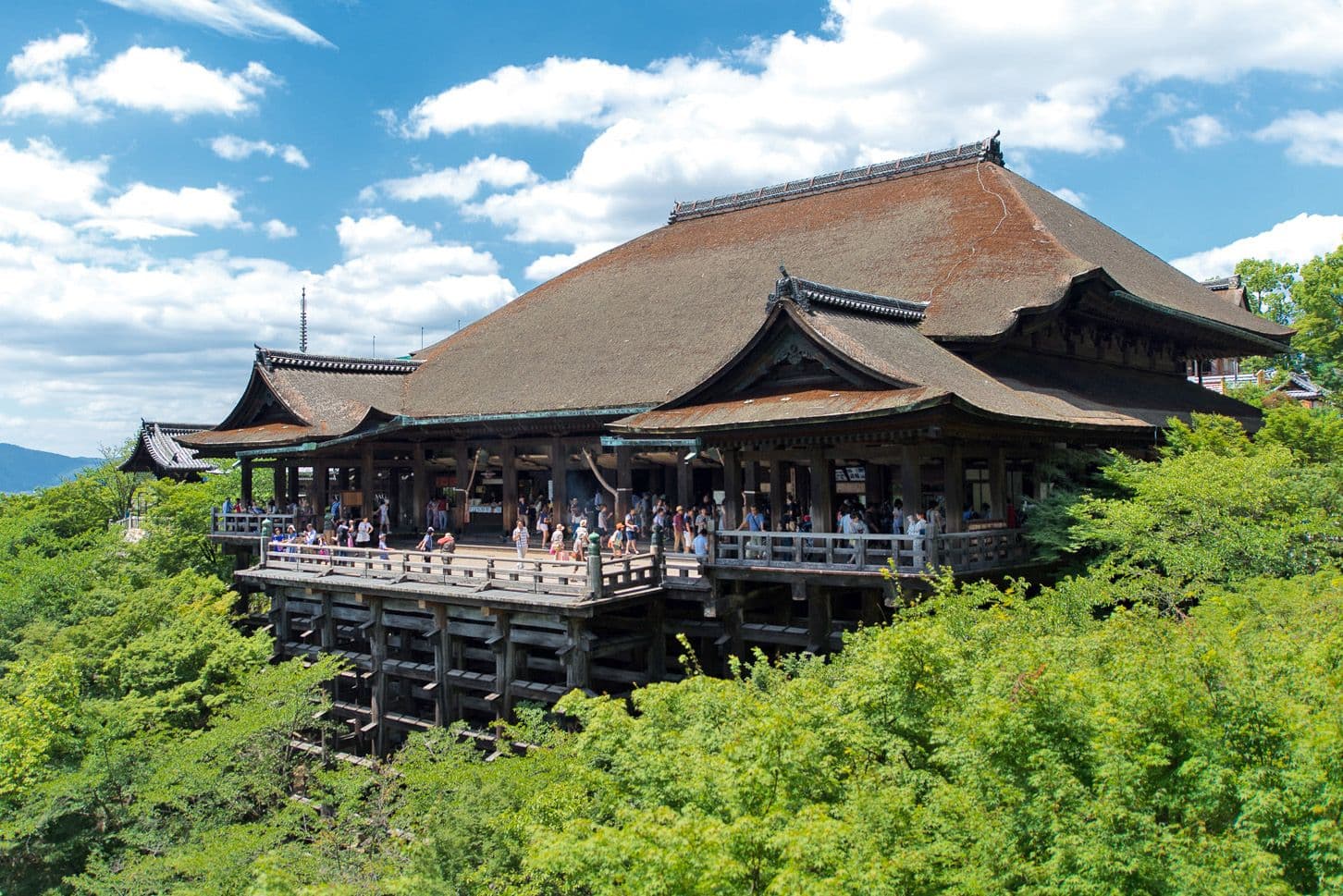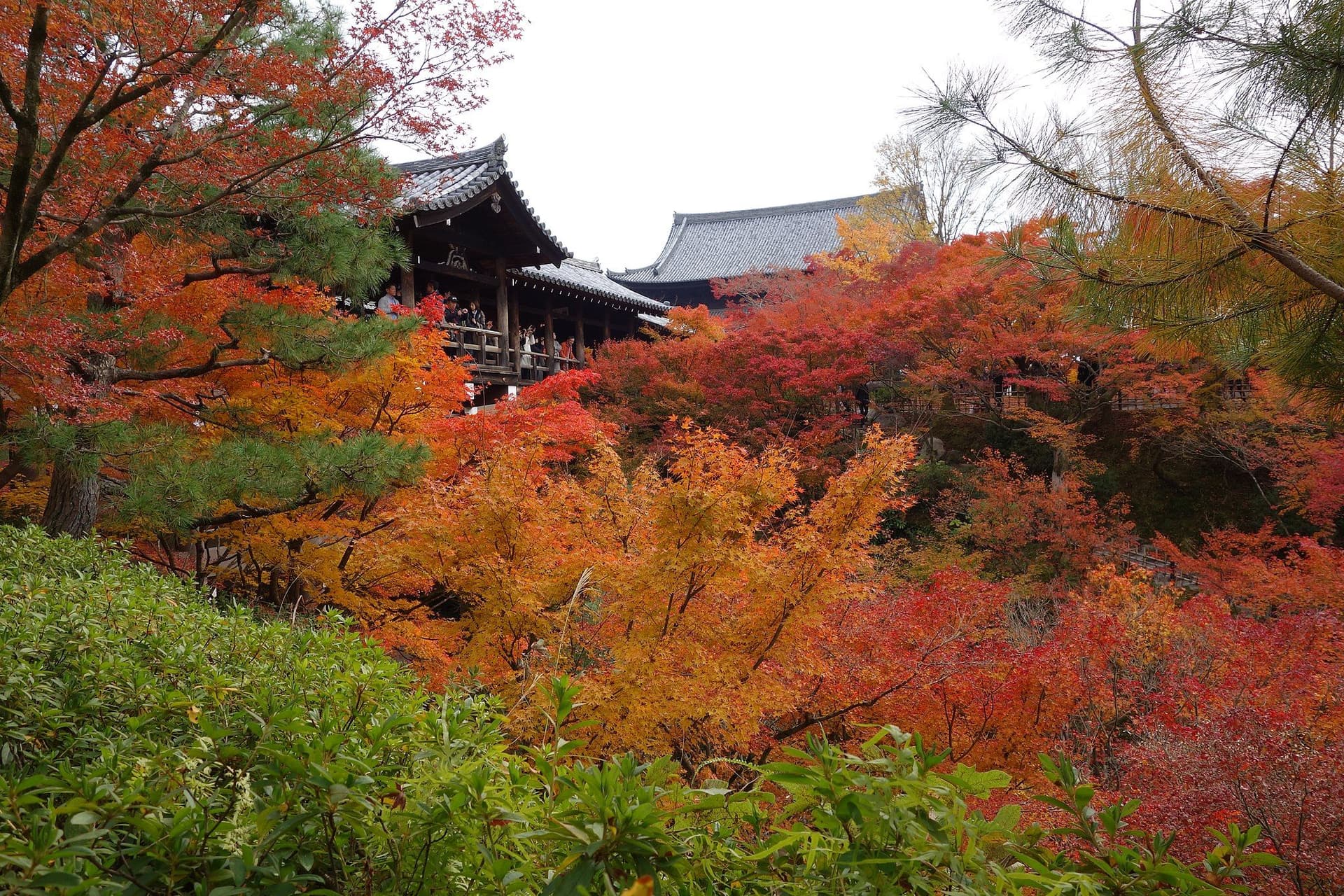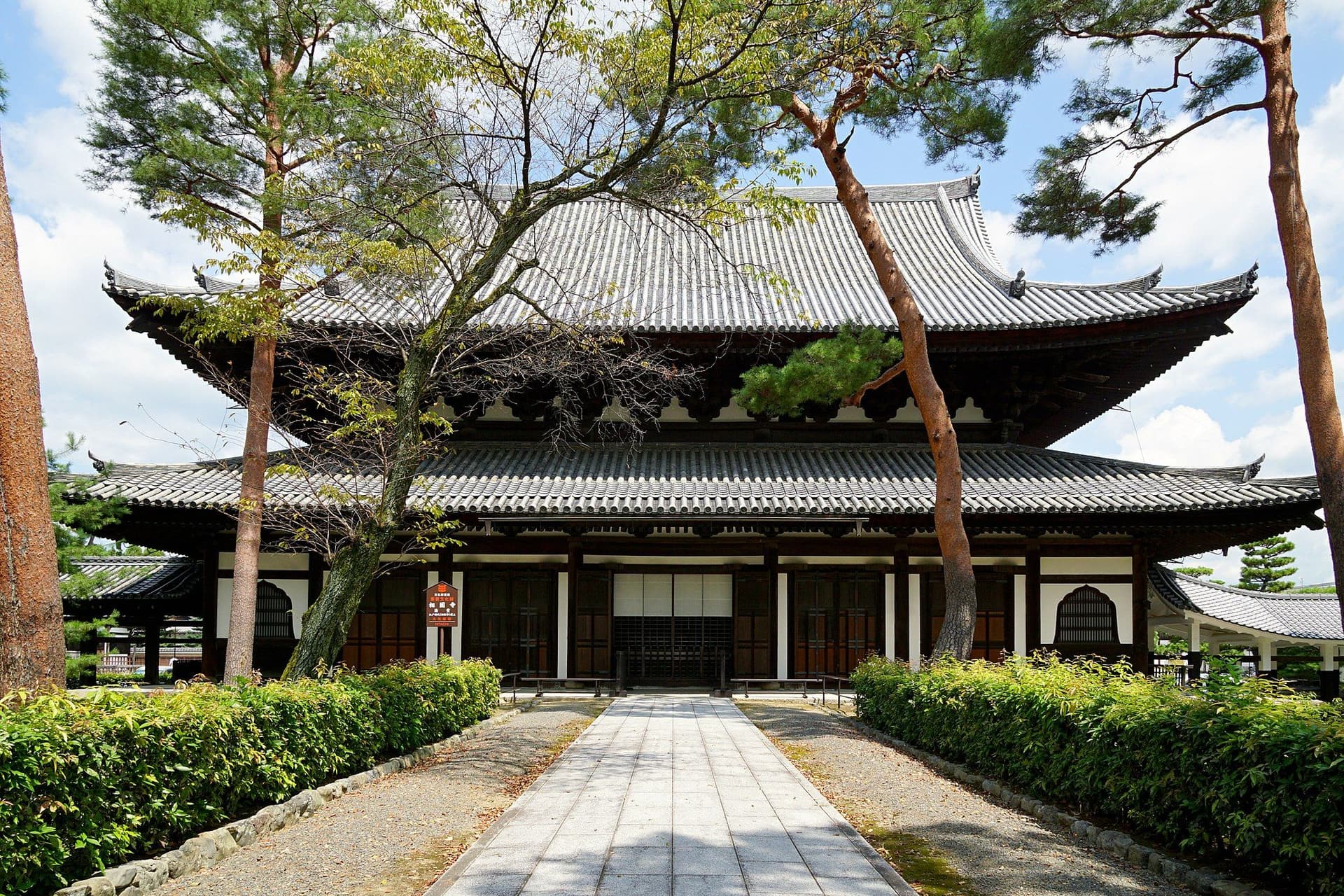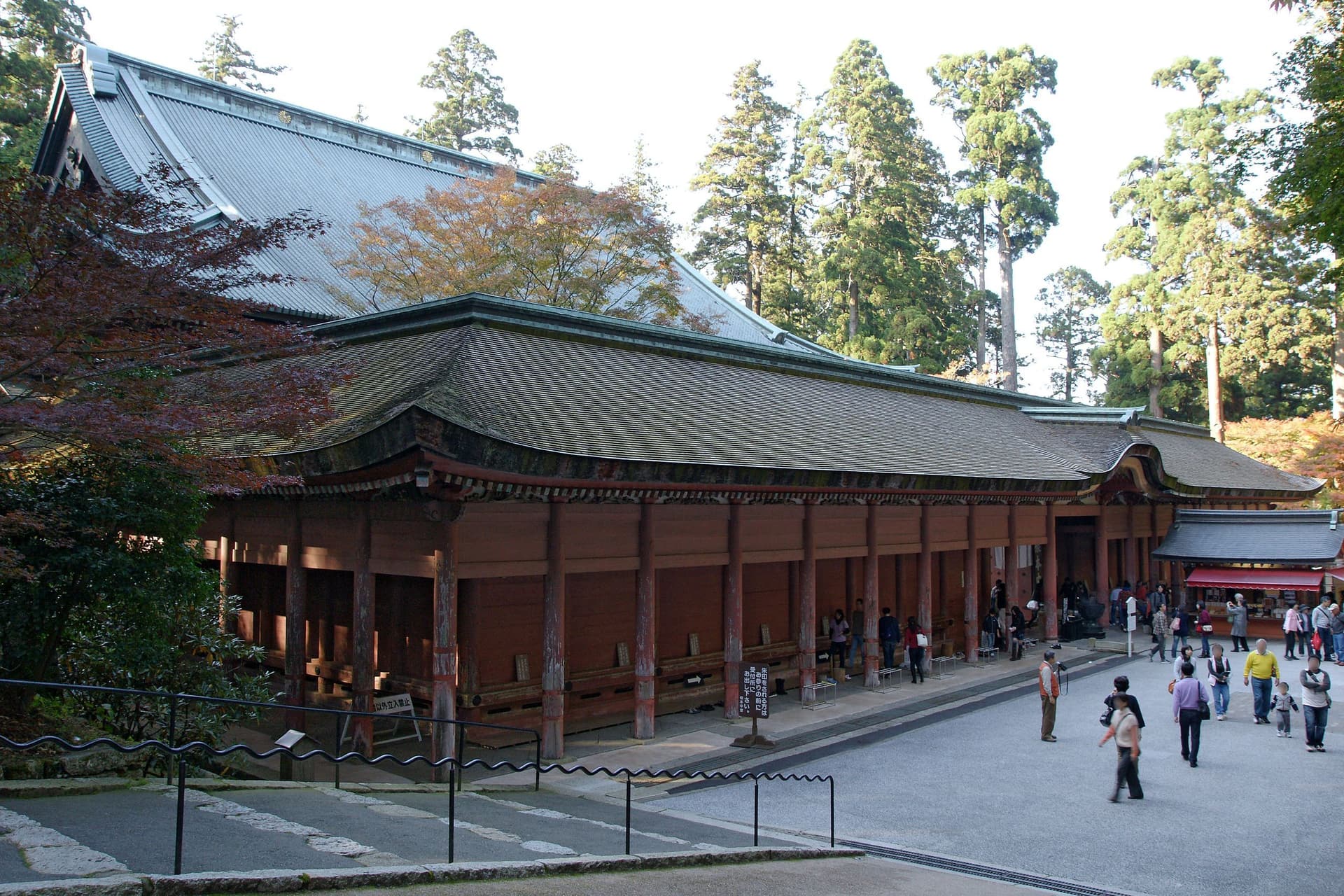
UNESCO World Heritage Sites
ユネスコ世界遺産UNESCO World Heritage Sites are cultural or natural landmarks that have been designated by the United Nations Educational, Scientific and Cultural Organization (UNESCO) as having exceptional cultural or physical significance. In Japan, there are currently 20 World Heritage Sites, each of which offers a unique and fascinating glimpse into the country's rich cultural heritage and natural beauty.
Some of the most famous UNESCO World Heritage Sites in Japan include the historic city of Kyoto, which is known for its many temples, shrines, and traditional gardens; the Shiretoko Peninsula National Park, located in northern Japan and renowned for its stunning natural beauty and diverse wildlife; and the sacred island of Miyajima, famous for its beautiful natural scenery and historic sites, including the famous Itsukushima Shrine.
Another notable World Heritage Site in Japan is the Himeji Castle, one of the country's most impressive castles, known for its beautiful white walls and intricate architecture. This historic site is a testament to Japan's rich military history and is a symbol of the country's cultural heritage.
In addition to these well-known World Heritage Sites, there are many other cultural and natural landmarks throughout Japan that are just as significant, including historic temples, shrines, and palaces, as well as stunning natural landscapes, such as the rugged coastlines of the Pacific Ocean, the rolling hills of the Japanese Alps, and the breathtaking scenery of the country's many lakes and rivers.
Related Places
Last Updated:
